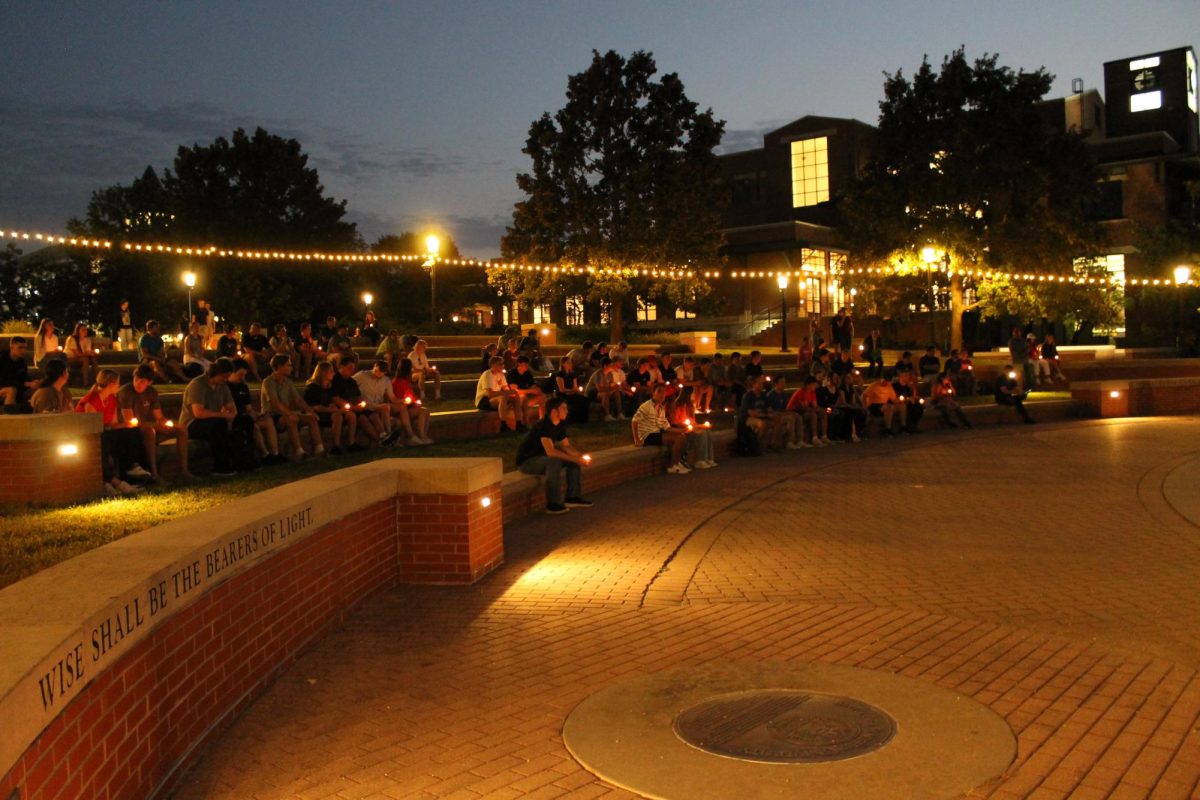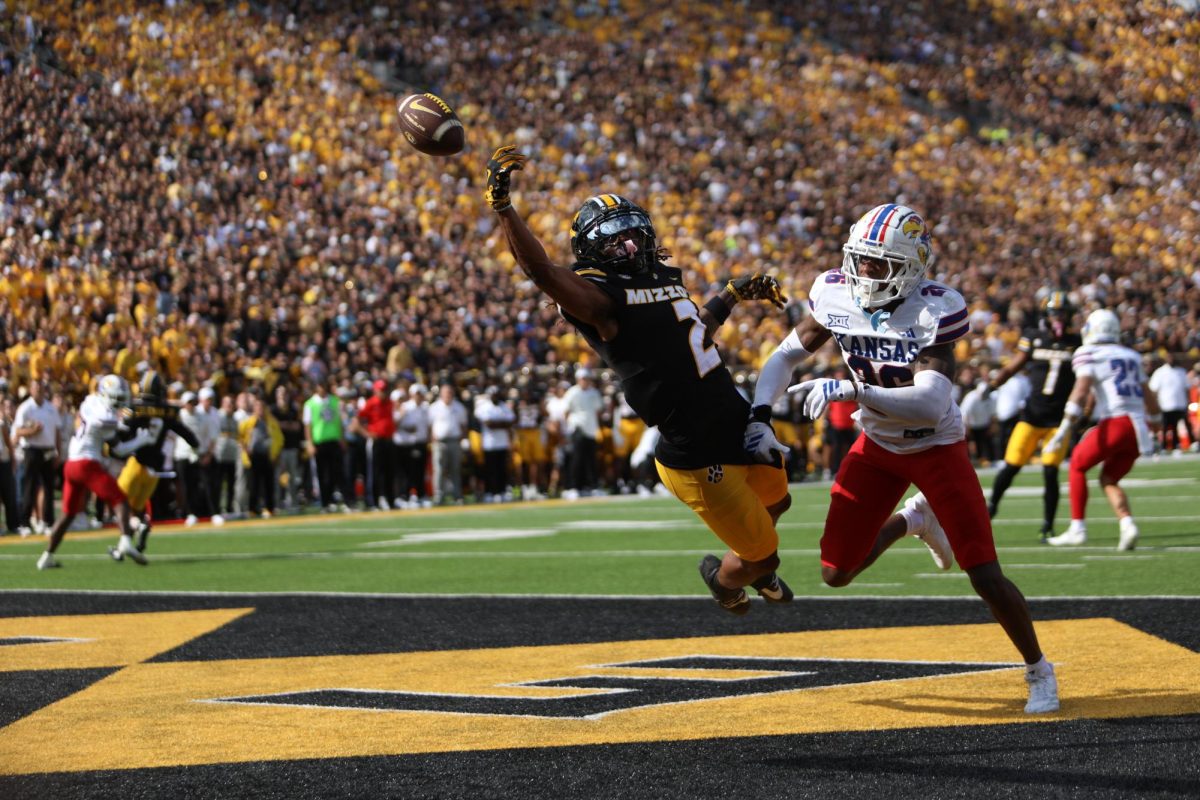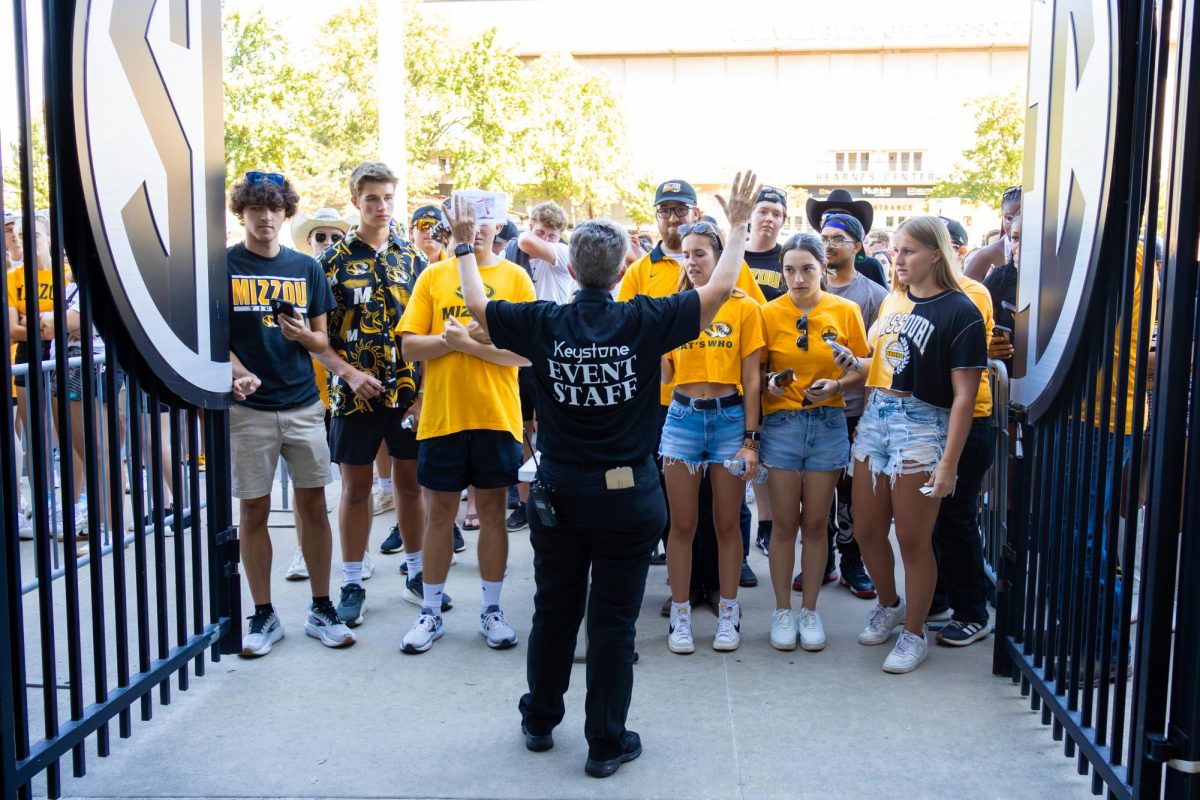In 1935, Lloyd Gaines applied to MU’s law school.
Gaines was a graduate of Lincoln University in Jefferson City, the premier black undergraduate institution of the Midwest at the time.
During Gaines’ time, the state of Missouri provided scholarships for black students to study out-of- state. The goal was to dissuade black students from studying at white institutions.
Gaines was qualified, and he wanted to stay in-state. However, a letter from Silas W. Canada, the university registrar at MU, informed Gaines that his admission was denied.
But Gaines was relentless, getting help from NAACP lawyers and suing Canada for denying him admission into the law school. Despite his legal team’s persistence, Gaines faced defeat at the local and state levels.
The case — Missouri ex rel. Gaines v. Canada — then went to the U.S. Supreme Court, where Gaines achieved a strange victory. In a landmark 6-2 decision, the court ruled that the state of Missouri either let him in or set up a separate law school for black students that would be equivalent in standards to the white one.
The state of Missouri, set on barring black students, created a “separate but equal law school” within Lincoln University, converting a former cosmetology school. Horner said the “law school” was an old, underfunded building that clearly was not equal to MU’s law school.
Last spring, MU political science professors Bill Horner and James Endersby published the first book ever to be written about the Lloyd Gaines case. “Lloyd Gaines and the Fight to End Segregation,” published by The University of Missouri Press, covers the history of the case, in which Gaines, a young black student, fought for his right to attend the law school at MU.
“We felt very strongly that it should be the University of Missouri Press because it’s such a University of Missouri story,” Horner said.
####Law School Now
Over half a century after the historic Lloyd Gaines case, black law student Christopher Hamm, who is in his final year at the MU School of Law, echoes the experience of exclusion within the law school.
“There isn’t much emphasis put on Lloyd Gaines here by the law school,” Hamm said. “We have a case and a lounge, but other than that nobody really [emphasizes] the story.”
While Gaines paved the way for black students to gain entry into the law school, today, Hamm describes fighting a law culture ingrained with a different, more covert, kind of racism.
“Racism, prejudice never dies; it just adapts with the times,” Hamm said. “I still think there are remnants of the past in the law system in general, not just here at Mizzou.”
Endersby said during the time of the Gaines case, racial tensions were high within the MU community.
The lynching of James Scott had occurred on what is now known as Stewart Road approximately 50 years before. MU students and business leaders within the Columbia community were involved in the lynching.
“There were a lot of concerns on the part of the NAACP, as well as the university administrators, that there would be violence that would occur if an African American were admitted like Lloyd Gaines,” Endersby said.
As a member of the faculty, Endersby said he wished he could have uncovered the motives of the segregationists, especially those within the academic community.
“At this time, the thought of admitting African-American students to the university just didn’t seem right to a large number of people in Missouri, including a large number of faculty and staff,” Endersby said. “I find that puzzling — why was there so much opposition from faculty and staff and from political leaders?”
Trial practice law professor Chuck Henson views MU students’ lack of knowledge about Lloyd
Gaines as concerning. Henson, one of three black professors at the law school, said Gaines and his trial team played a huge role in shaping the opportunities available to minorities.
“I certainly wouldn’t be sitting here,” Henson said. “Nor would many of the students I teach.”
Henson said pressure on Gaines increased as the world watched Gaines travel from city to city, becoming a symbolic figure of the civil rights cause. As a result, Endersby said young Lloyd Gaines faced a lot of responsibility and pressure as he went through the process of fighting the case.
“The pressure on Lloyd Gaines as someone who stepped up early on for civil rights was enormous,” Endersby said. “He had no job; he had no graduate education; he had no future in law because he didn’t have a law degree. He was well-known but didn’t have any real opportunities. That’s a very tough position to be in.”
However, before NAACP could file the lawsuit about the unequal law school, Gaines disappeared. To this day, there is no explanation for his disappearance.
Due to Gaines’ mysterious disappearance before the trial of his second case, Horner said the case may have not been given as much attention over the years.
“It’s a case that could have been as important as Brown v. Board of Education, but it wasn’t because Gaines disappeared,” Horner said.
Hamm moved from Cincinnati two years ago to go to MU’s law school. Racial tensions were heightened at MU at the time following the police shooting death of Michael Brown in Ferguson. He said the environment in the school in general was hostile and racist. From being called the N-word constantly, being harassed by the police and receiving death threats, Hamm said the experience was a culture shock.
“In 2014, it was rough,” Hamm said. “I’m not a stranger to any like racism or any type of prejudice or anything like that. But to see it be so close and be around to see it affect so many people, it kind of felt like it hit home almost.”
In his first year, Hamm participated in protests. However, he said it was a struggle because of the way the law school is set up. He said this led to a mix of emotions at the time.
“You feel a sense of helplessness in the sense of being in law school,” Hamm said. “There’s some stuff I can’t do, like I can’t get arrested for protesting because then the bar won’t pass me. So I can’t be on the frontlines, where I feel like I belong fighting for what I believe in. I would say after the sadness and the anger wears off, you feel helpless.”
He said the racism in the law school was much more underlying and covert in comparison to what was happening on other parts of campus.
Still, Hamm said there was hostility within the law school, specifically between students at the time. Students were avoiding eye contact, interaction and were closed off to those who were black and standing up for change in the law community.
“I thought it was very close-minded, stuck in their ways, not willing to talk,” Hamm said. “I think people get kind of wary; they don’t understand why this is happening. They become fearful of it because people fear change over time.”
Like in the Gaines case, Hamm said, the initial administrative response within the law community, with the exception of a handful of professors, was not effective either.
“I wouldn’t say none of them genuinely cared, but some of them are kind of stand-offish,” Hamm said.
However, unlike the administration in the Gaines case, Hamm said the law school has made strides to change the system. Hamm said the law school is not as hostile as it was before and administration has implemented some initiatives such as the hiring of Associate Dean David Mitchell, who is black.
Hamm said Mitchell uses his platform to send out messages both during the school year and breaks in relation to issues that impact the black community. Hamm said because Middleton is black, the messages are more meaningful.
“That’s kind of put a beacon of life for young black students,” Hamm said. “Particularly black males kind of see this figurehead.”
Hamm also said professors such as Henson played a huge role in supporting the students through issues within the law community.
However, Hamm said there are still issues within the system, specifically the lack of openness to the idea of equality.
####Looking forward
Hamm hopes to use his law degree as a step to break down what he calls the racist system. Hamm began this process with other law students during the 2014 protests at MU, in which he worked to help figure out ways to prevent protesters from getting into trouble.
“If someone got arrested for protesting, we were trying to figure out what we could do to get them out or what rules we could use,” Hamm said.
But Hamm, like Gaines, continued to do his part within the law school as well.
“I wrote a letter to the administration two years ago basically saying the culture of the law school needs to change,” Hamm said. “I don’t feel comfortable here. People don’t feel comfortable.”
Following the letter and other efforts, the One Read program was initiated at MU, in which first-year students are required to read a book that exposes them to issues of racism and diversity.
Although he did not participate in the protests last fall, Hamm said it was a testament to the lack of change on campus.
Although he teaches trial practice, Henson said he starts every semester by talking about the main attorney of the Gaines case, Charles Hamilton Houston. Houston was a prominent black lawyer under the NAACP and trained Thurgood Marshall, who went on to win Brown v. Board of Education. Henson said that though he is largely unknown, Houston was one of the 20th century’s premier constitutional law advocates and his work continues to influence how we understand and litigate civil rights today.
Endersby said a lot of credit does not go to those that worked under Houston. He said two local black attorneys, Sidney Redmond and Henry Espy, played a major role in the outcome of the case.
“They were putting themselves on the line, too,” Endersby said. “And there was really no incentive for them to do that except that they just thought they were doing the right thing.”
Horner said the impact of the case is a testimony to the history of civil rights within MU.
“It demonstrates how far we’ve come and how things have improved,” Horner said. “At the same time, it should make you think about how bad things can be unless we’re vigilant and keep pushing forward.”
The authors have also held forums and outlets for the community to discuss the book. Endersby said students are often amazed by the book and its impact on the university.
“In freshman American Government, it just becomes something to write down in your notes; you don’t really think about the overall impact,” Endersby said. “These are real people in an important critical story, and I don’t think we appreciate that as much as we should.”
Both professors said that there has been a significant amount of progress in relation to rights of black students within the law community. Hamm said the covert racist culture within the law school and MU is something that will not end soon unless more specific action is taken.
Though Hamm has played a role in trying to change the law culture both within MU and outside it, he said he does not think he would have been able to show the same type of bravery as Gaines. But he said being a black student, he values what Gaines did to get him through the door.
“I see Lloyd Gaines in every single black student that’s in law school,” Hamm said. “We’re not supposed to be here, and we are. There’s no way I can compare to him, but I think we all kind of invoke his name every day we walk through the doors.”
Hamm, who has a job set for him in Chicago after he graduates at the end of the school year, said he knows his experiences with racism is not the end.
“Legal culture is still run by white men,” Hamm said. “Although it’s more diverse, it’s not more inclusive.”
Although Hamm said the law culture has improved in some ways over the last few years in dealing with racial issues, he said there was not a specific discussion within the law community addressing to the Sept. 27th racist incident. However, Hamm said Mitchell, sent out an email regarding the incident.
Hamm said there needs to be a specific administrative response, similar to strict repercussions associated with the bar’s monitoring of students’ records and behaviors, which if problematic can prevent them from getting their law degree. Hamm said if there were a similar accountability system in place for the undergraduate program, it might prevent further racist incidents.
Currently, Hamm said undergraduates do not have much to lose.
_Edited by Kyra Haas | [email protected]_







